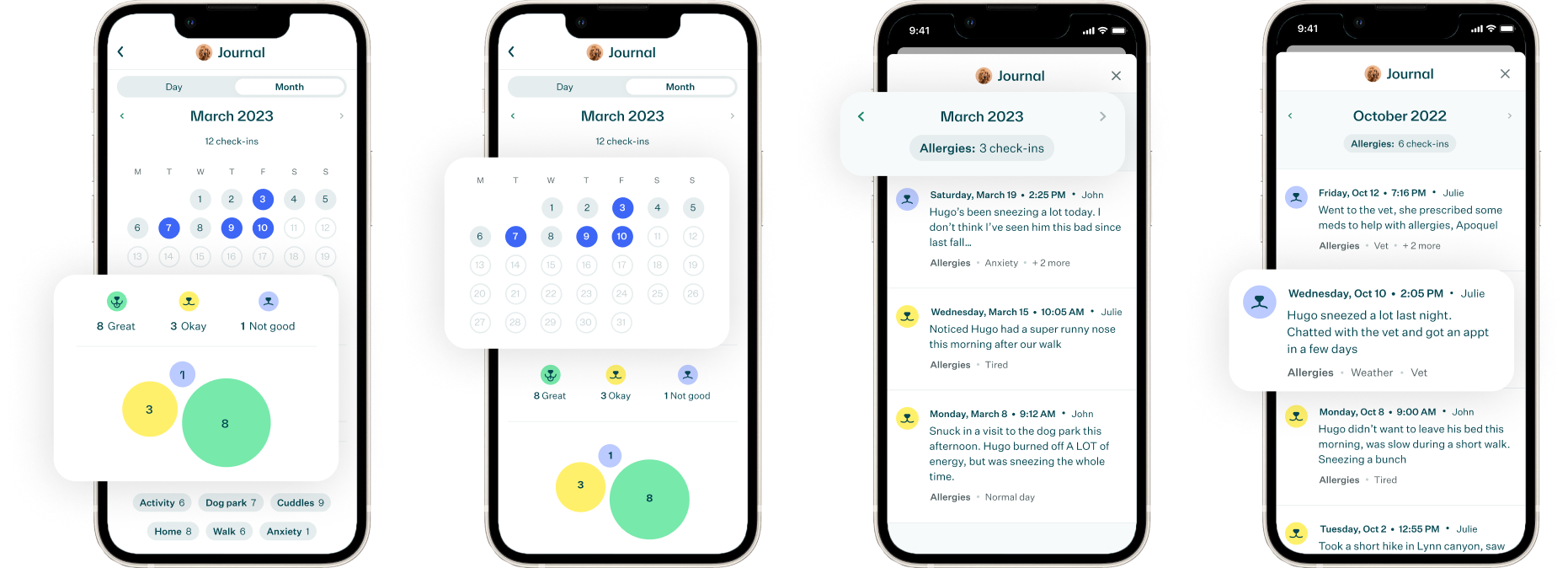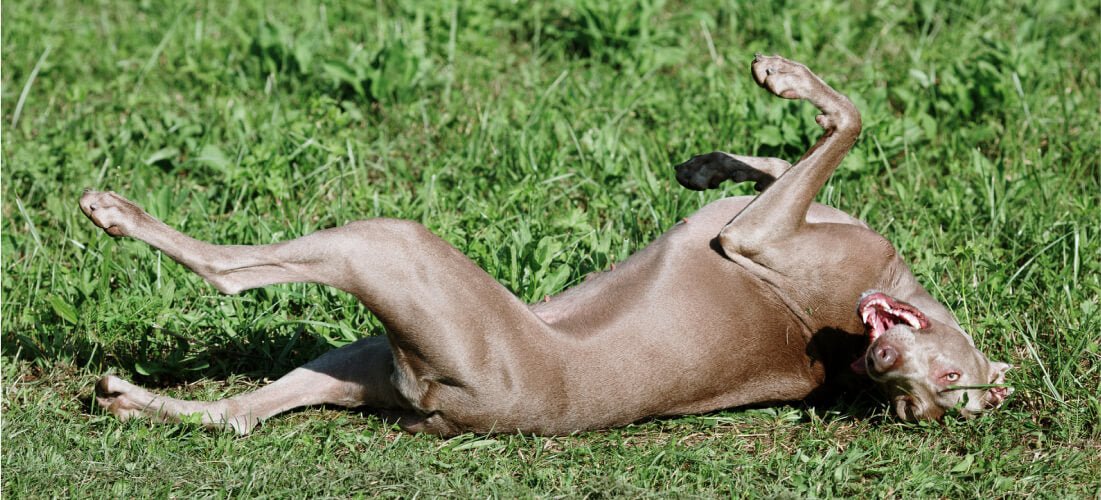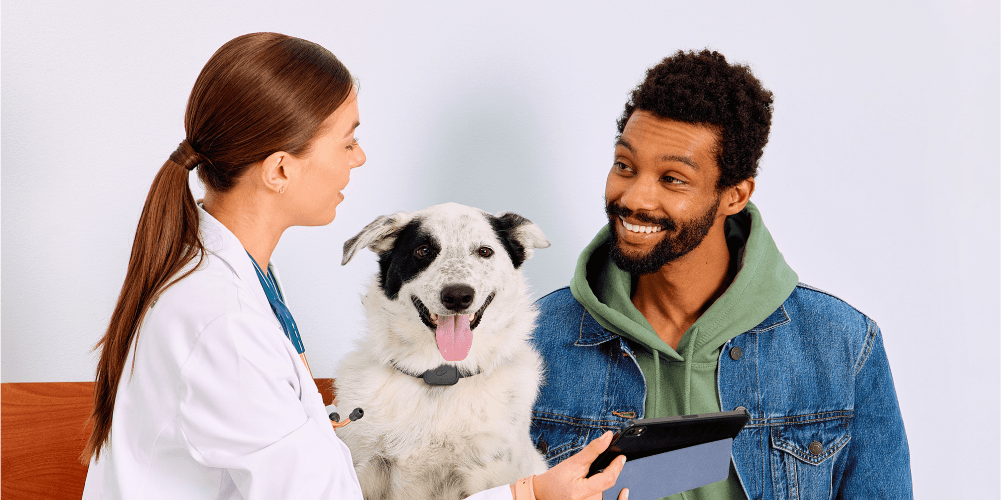Navigating Dog Anxiety

During National Dog Anxiety Awareness Week, let's spend some time looking at how you can help your dog live their best life. We know that when we are experiencing anxiety and stress that it impacts us deeply and can even affect our overall health.
When trying to sort out how to best help your dog's anxiety, having a solid record of what behaviors they are showing and the situations they present them is invaluable. That's where Whistle's journal feature comes in.
The Power of Journaling in Understanding Dog Anxiety
Journaling serves as a potent tool for pet parents, providing a structured means to log daily activities and behavioral changes. This method is not only about recording what goes wrong but also celebrating unnoticed progress. For instance, tracking interactions that a dog handles well offers a balanced view that highlights both challenges and improvements. This practice can also help alleviate the pet owner’s anxiety, fostering a more positive and proactive approach to managing their dog's emotional state.
Key Benefits of Journaling:
- Creates a Sequential Record: Journaling acts as a log, helping track everything from health care to behavioral patterns over time.
- Captures the Emotional Landscape: More than just data, a journal can document the emotional bond, capturing moments and memories that define the pet’s personality.
- Reveals Patterns: Over time, a journal captures data to reveal emerging behavioral patterns or health issues, often before they become more serious.
Subtle vs. Obvious Signs of Dog Anxiety
Dogs are very expressive with their behavior and express themselves in many ways. This is a limited list and there are many great resources to help you translate their behaviors. There is also some terrible advice out there that will not set either of you up for success.
Obvious Signs of Anxiety: These signs are hard to miss and usually show a higher level of distress. They call for immediate attention and intervention.
- Urinating or defecating in the house
- Destructive behavior
- Excessive barking
- Pacing and restlessness
- Aggression
Subtle Signs of Anxiety: Recognizing these subtle signs of anxiety can be tricky, but once you start looking for them you will quickly understand when your dog is starting to feel uncomfortable and hopefully prevent a situation from escalating.
- Yawning at when they are not sleepy or at unusual times
- Licking lips when no food is nearby
- Panting when not hot or thirsty
- Furrowed brows and ears positioned to the side
- Slight cowering
How Whistle’s Journaling Feature Can Help
Whistle’s technology enhances the journaling experience by providing real-time data and trends analysis. This can alert pet owners to changes that might not be visible on a day-to-day basis but become clear through accumulated data. For example, a decrease in activity over time might show anxiety or discomfort that isn't obvious from a single day's observation. Or an increase in activity when you leave them home alone could show your dog is distressed from your departure.
Tips for Effective Journaling:
- Consistent Entries: Keep regular updates and notes on what is happening in the dog’s life at that time. Try and think of it from their perspective when recording notes. For example, they were reactive on the walk today but not yesterday, and today was raining so everyone had a hood on or an umbrella.
- Analyze Patterns: Use the data to look for correlations between times of day, specific handlers, or types of interaction and signs of anxiety.
- Share with Professionals: Use the journal as a resource when consulting with veterinarians or behaviorists, providing them with a more comprehensive overview of the dog's behavior.
Journaling is a simple yet powerful tool in managing dog anxiety. By carefully noting both the subtle and obvious signs of anxiety and situations surrounding the onset helping to demystify the nuances of dog behavior and tailor interventions to improve the quality of life for both dogs and their owners.
A great resource to learn more about dog behavior https://cattledogpublishing.com/i-am-pet-owner/









